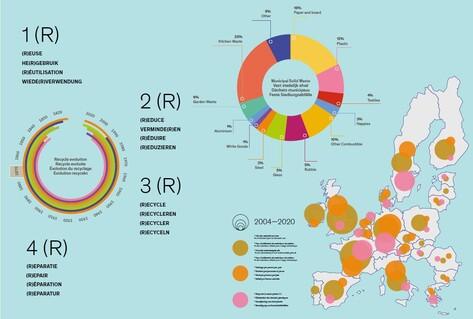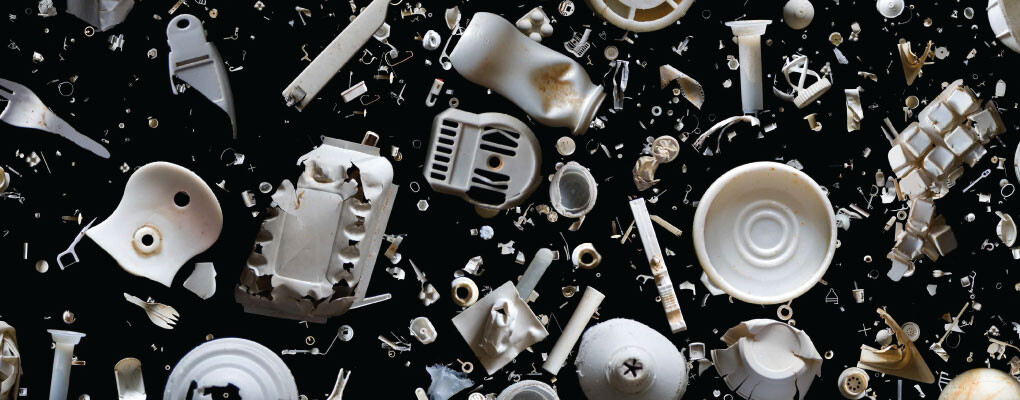
The history of a modern crisis
18 February 2023 - 14 January 2024
Rubbish. Perhaps the most visible and physical aspect of the looming environmental crisis.
‘’Throwaway’’ is a project that unearths the hidden history of waste in Europe while simultaneously highlighting its significance as a marker of social change. Starting with the industrial revolution, ‘’Throwaway’’ brings us on a journey through wartime scarcity, the surge in post-war consumerism, and finishes with today’s insurmountable waste crisis. It displays the profound changes in how we have dealt with rubbish in bygone years, and the way we think, or don’t think about waste. By looking at the past, it makes current criticisms and the resounding calls for change relevant and meaningful.
The ’’Throwaway’’ project includes:
- an exhibition in Brussels
- a digital platform
- a publication
- a programme of activities
Want to see behind the scenes? Watch the "Making of Throwaway" video!
Photograph © Mandy Barker
Project overview
The Throwaway exhibition explores the issue of waste in Europe from a historical perspective, through four sections: Did you say rubbish?, From resource to refuse (1800-1945), Throwaway Europe (1945-today), Living with(out) rubbish.
Exhibition
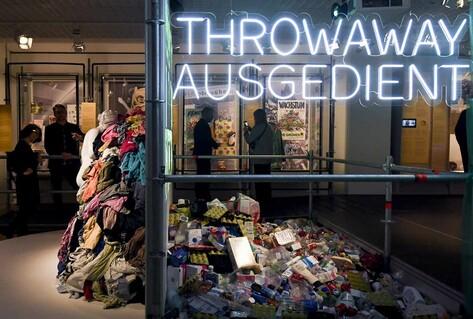
The Throwaway online platform unpacks the topic of waste from a transnational and transdisciplinary perspective. Viewers can search, discover and share a wealth of audio-visual and written content co-curated by ten European museums.
Online platform
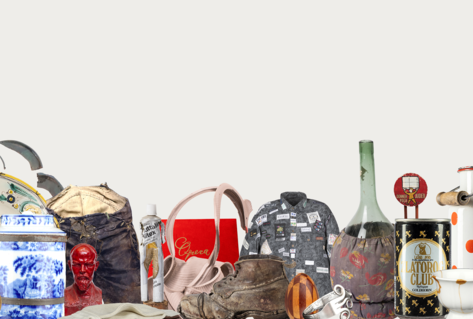
The Throwaway project content and its activities are a result of a combined contribution across multiple communities, including those directly involved in the collection, recycling, re-use and reduction of waste in Brussels.
Voices from the field
Photograph © Tatiana Tumashik
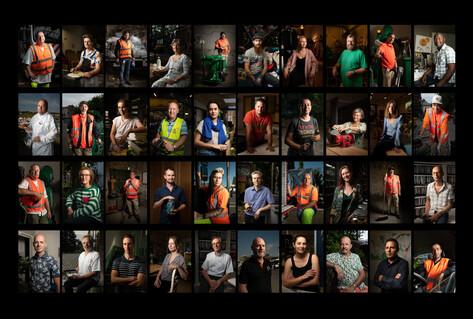
The learning offer for Throwaway incorporates a visitor-centred audience approach, along with school workshops, interactives, and an engaging events programme.
Learning
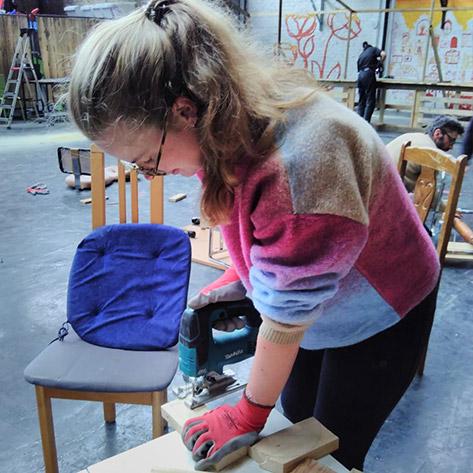
This publication gives the floor to those behind the project: from curators and museum educators to the exhibition’s designers, as well as true local experts on rubbish. Academics outline how they view waste through the lenses of history, archaeology, sociology, anthropology and art.
Catalogue
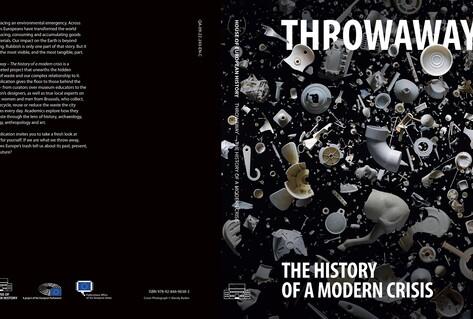
Exhibition section 1: Did you say rubbish?
The “Throwaway’’ exhibition explores the issue of waste in Europe from a historical perspective in four sections. First up: Did you say rubbish?
Waste is of a changing and surprising nature. Why do we throw things out? Rubbish serves as valuable historical evidence, because it is a mirror of society and of ourselves.
Venus of Triều Khúc Mixed melted plastic scrap, collected by Baptiste Monsaingeon Vietnam, 2017 Baptiste Monsaingeon / Photo 2022 by Regular Studio, © EU, European Parliament
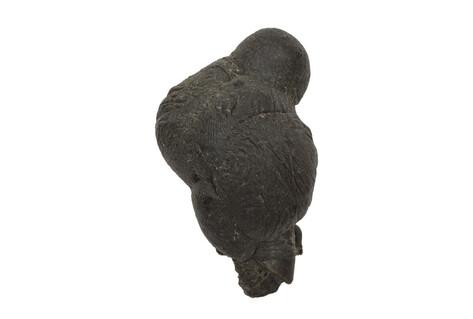
Archaeologists excavated this seemingly ordinary bottle in camps close by the Valle de los Caídos in Spain. It contained ‘Glefina’, a syrup used to fight malnutrition. It is believed to have belonged to the construction workers of the monument honouring dictator Francisco Franco. This bottle is proof of the hard circumstances the workers and their families had to endure, a story rarely told before.
Reconstructed bottle of Glefina Madrid, Spain, circa 1950–1960 Patrimonio Nacional, Spain
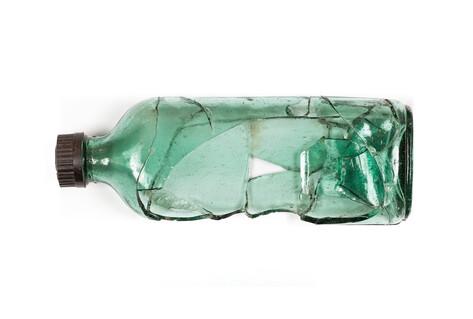
Exhibition section 2: From resource to refuse (1800-1945)
At the beginning of the 19th century, Europe experienced rapid population growth and as a result a much higher production of goods. This also meant higher quantities of waste, which were often creatively used to produce new goods, sometimes, even with the incentive to sell them.
In the 19th century, sorting through rubbish to find valuable materials was a common way to make a living. Even children became so-called ‘ragpickers’, collecting textiles and other materials for sale. This was risky work, as the rag pickers would get in contact with dirty items that posed serious health risks.
The small rag picker leaning against a bollard in front of 21 Quai de Bourbon. Charles Nègre (1820–1880), photographer Photograph (reproduction) Paris, France, before 1851 Musée d’Orsay, Paris, France
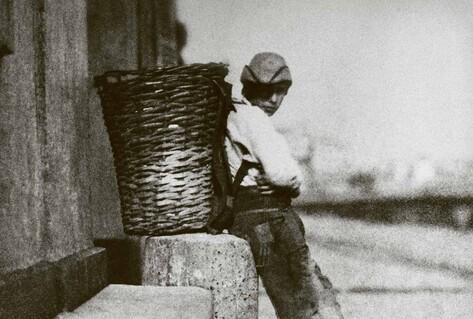
The 19th century was defined by a tremendous shift in industrial culture. Still, reusing and reprocessing every item was standard practice. Even excrement was a valuable resource. This ‘dry toilet’ was conceived as an alternative to the increasingly popular water closet, with earth or ashes covering the excrement in the bucket after use. It aimed to save water, avoid polluting rivers and preserve human excrement for use as agricultural fertiliser.
Moule’s earth closet United Kingdom, ca. 1875 House of European History, Brussels, Belgium Photo 2022 by Regular Studio, © EU, European Parliament
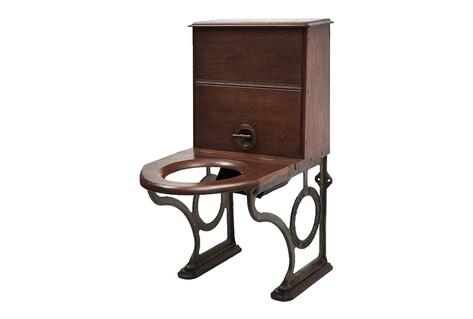
At the end of the century, new production processes, an increased amount of waste and the hygiene movement led to rubbish being considered as something dirty that should be disposed of.
Photograph (reproduction) Hannover, Germany, 1906 © German Environment Agency: Collection „Erhard”. Dessau-Roßlau: Specialized Library for Environmental Information
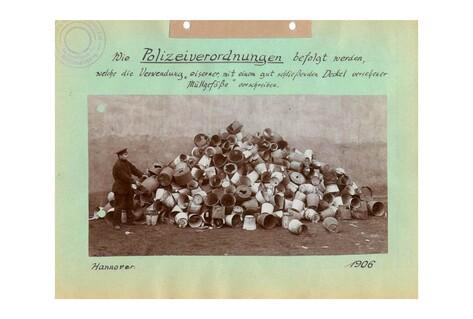
Rubbish can be dangerous.
At the turn of the century, attitudes towards waste changed. Trash was now considered dirty and harmful, rather than a useful resource. Municipal waste management became a pressing issue in the 20th century.
European cities reacted with their own standardised bins, like this one from Basel, Switzerland. It bears the name of its inventor, Jakob Ochsner (1858–1926). Standard Swiss bin Basel, Switzerland, ca. 1935–1940 © Historisches Museum Basel, Andreas Niemz
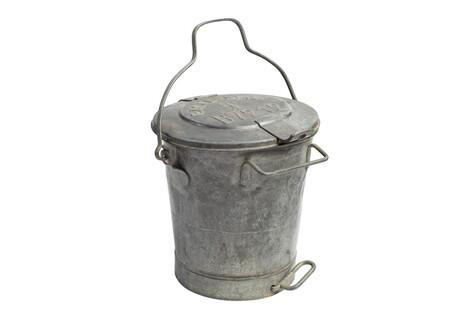
Repurposing in times of need
Yet earlier habits of reuse and reprocessing materials came back in times of scarcity, such as wars. This could lead to some unusual creations. This helmet was abandoned by a German soldier during the Second World War. Italian locals salvaged and welded a handle onto it, transforming the helmet into a bed warmer, a little piece of luxury in trying times.
German helmet transformed into a bed warmer Ozzano Taro, Italy, post 1945 Museo Ettore Guatelli. Ozzano Taro, Italy Photo © Fondazione Museo Ettore Guatelli

Exhibition section 3: Throwaway Europe (1945today)
After the Second World War, a much larger part of the population could afford consumer goods.
Mass production made goods cheaper, more easily available and consequently, disposable. Waste had become a problem of global scale.
Shopping bag with print ‘I shop therefore I am’, satirising modern consumerism Barbara Kruger (b. 1945), artist Kölnischer Kunstverein, publisher Cologne, Germany, 1990 House of European History, Brussels, Belgium Photo 2022 by Regular Studio, © EU, European Parliament

Have you ever wondered why things do not last as long as they used to? Some items may break earlier than expected because the manufacturer intended it to. Whether this concept of planned obsolescence is actually real, has been a subject of discussion for quite some time.
Is Planned Obsolescence Fair? Article from Rotarian Magazine Brooks Stevens (1991–1995) and Walter Dorwin Teague (1883–1960), industrial designers USA, 1960 House of European History, Brussels, Belgium Photo 2022 by Regular Studio, © EU, European Parliament
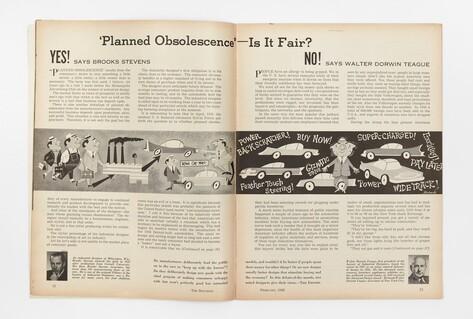
Plastic has become one of the worst environmental problems we face today. This work shows a suspended array of plastic collected off the coast of a Yorkshire nature reserve. Encompassing toys, medical waste and straws, this sea junk is the logical conclusion of the habits of throwaway living.
EVERY... Snowflake is Different Mandy Barker (b. 1964) Spurn Head, United Kingdom, 2011
Photograph © Mandy Barker
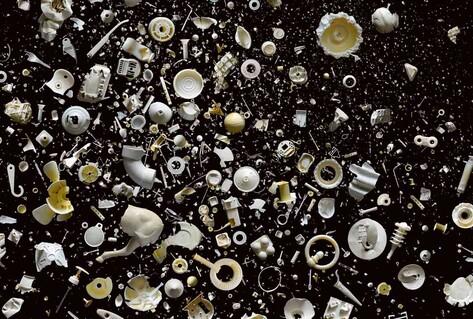
The rubbish Europe is producing has to go some place and this place is usually the Global South. Artist Takadiwa reassembles discarded computer keyboard keys and PET bottle tops to form the Zimbabwean flag. The work criticises the disposal practices of capitalist economies.
Hashtag This Flag Moffat Takadiwa (b. 1983), artist Harare, Zimbabwe, 2020
Photograph © R. Fanuele
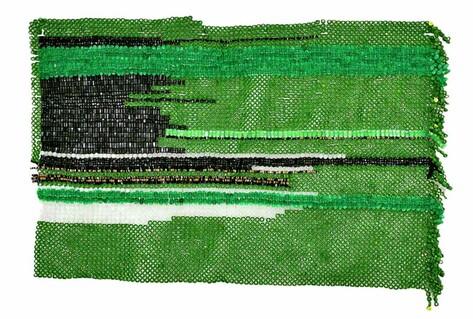
Exhibition section 4: Living with(out) rubbish
The final section of the exhibition explores what is today called the ‘4Rs’: reduce, reuse, recycle and repair, confronting them with practices that were common sense through time.
How can we, as individuals and as a society, challenge the never-ending accumulation of waste?
One year’s rubbish in a jar Marc Sautelet, zero-waste lifestyle practitioner, who worked at Zero Waste Belgium between 2018 and 2022 Brussels, Belgium, 2016 House of European History, Brussels, Belgium
Photo 2022 by Regular Studio, © EU, European Parliament
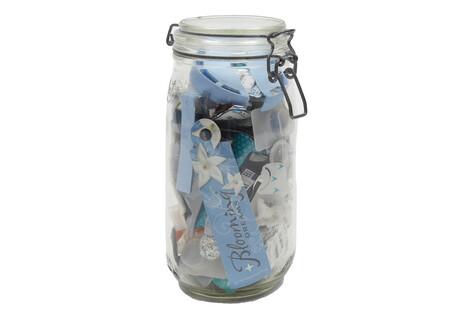
In the past, many goods were passed down through generations. Repairing was essential. Things would be used until the last possible moment, until no holes could be fixed, cracks sealed or machines tinkered with anymore.
Faience plate mended with metal Austrian Empire (today Slovakia), early 19th century © Christa Knott, Volkskundemuseum Wien, Vienna, Austria
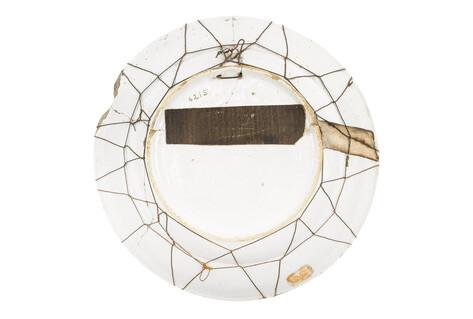
Managing waste does not mean to just getting rid of it. In order to stop the constant accumulation of rubbish, reusing our possessions might be a solution. If a drum of an old washing machine can be reused as a grill, then anything can find a second life – you just have to be creative.
Barbecue made from a washing machine drum Stanisław Chełstowski, maker Janów Podlaski, Lubelskie Province, Poland, 21st century The National Ethnographic Museum in Warsaw
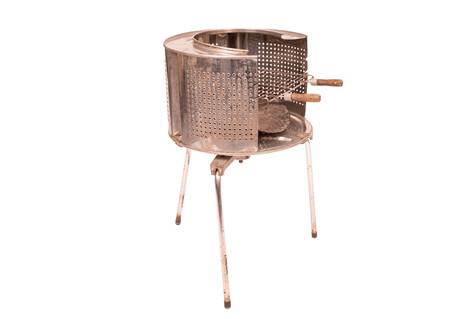
Waste is a witness of our imprint on earth
Even when it is disposed of, rubbish shapes our environment. Sometimes in a small way, sometimes in a big way. This disposal site for radioactive waste in Spain shows how much attention society has to pay to waste, if it wants to treat it properly.
El Cabril low-level radioactive waste disposal site Cécile Massart (b. 1949), photographer
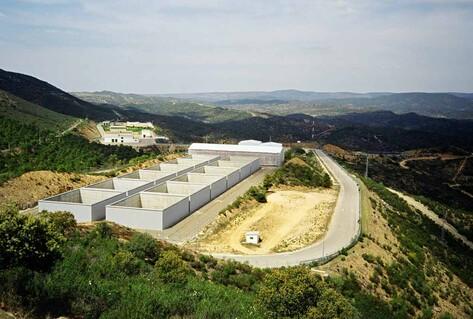
Local Participatory Process
This exhibition is about rubbish - perhaps the most material and the most palpable aspect of the environmental crisis. Therefore, those who handle it have something to say! The exhibition research was broadened beyond archives or academic sources, to go into the field and learn from the experts.
52 individuals and six organisations in Brussels delved through the topic of waste with us.
Mosaic of objects, people, places. Pictures documenting the research phase that took place in 2021.
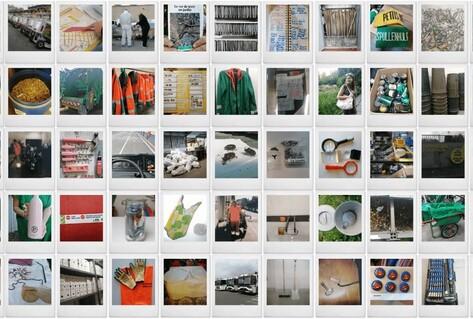
Get to know some of the women and men who keep our city clean. They are public cleanliness professionals who shared with us their knowledge and memories about waste.
Key for public rubbish bin, one of the participants’ objects in the exhibition.
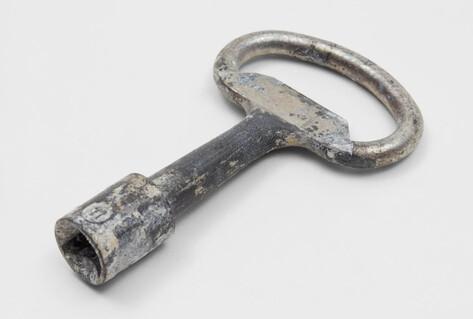
Learn from those women and men who repair or find a new use for things that would otherwise be thrown away. They are volunteers or professionals who, by sharing their experience, help us look at objects and materials from another angle – or even give them a second life.
Portrait of Sylvie Colassin a volunteer at repair cafés in Brussels, one of the participants.
Photograph © Tatiana Tumashik
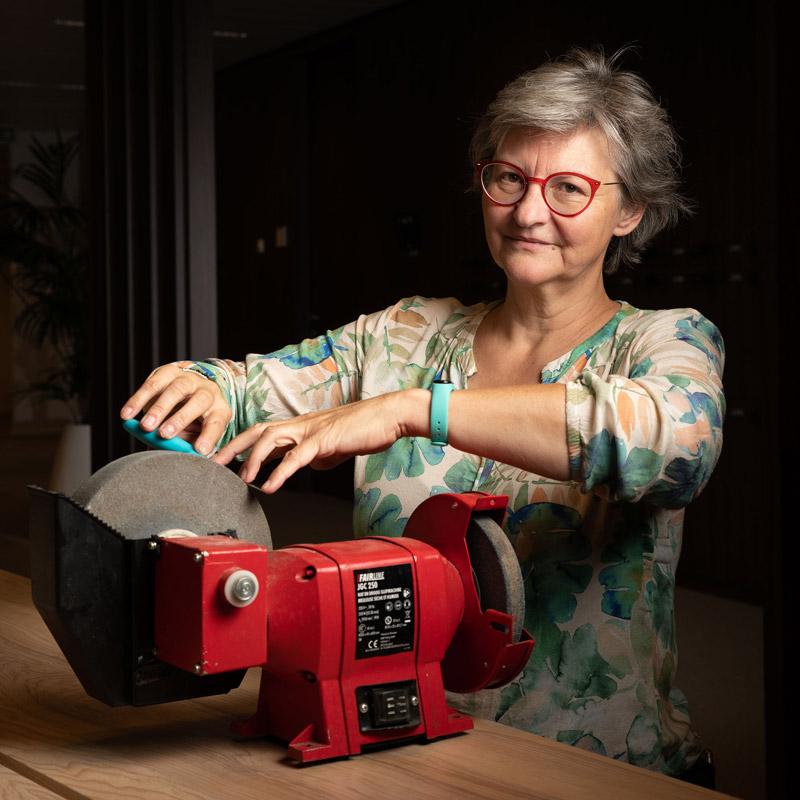
Be inspired by the women and men who limit the amount of waste they produce, sometimes to the point of zero waste. They are ordinary people who decide to bring their personal, individual contribution to the reduction of global waste production.
Entire content of one year’s rubbish in a jar, one of the participants’ objects in the exhibition.
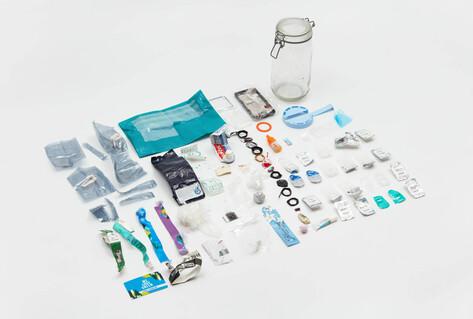
Get to know who they are, read some of their stories or find out more about the objects they made us discover:
- in the temporary exhibition where objects are displayed, accompanied by quotes, audio and video testimonies.
- in an article illustrated with a mosaic of their portraits.
- in the "biographies" of objects published on www.throwaway-project.eu and in the publication.
And meet some of them come to the events organised at the House of European History!
Still frame from one of the video interviews recorded in 2022 with experts, in this case Sophie Melckmans, in Brussels.
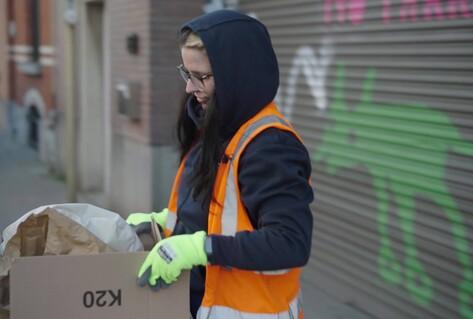
Online platform
Over 60 digitised objects tell a story through photos and texts, encouraging the reader to reflect on everything around them. Are the objects disposable and valueless, or transitory and reusable? Is it rubbish or a resource? Creativity, everyday life and the environment are just some of the topics users can select to navigate the platform.
Behind the objects
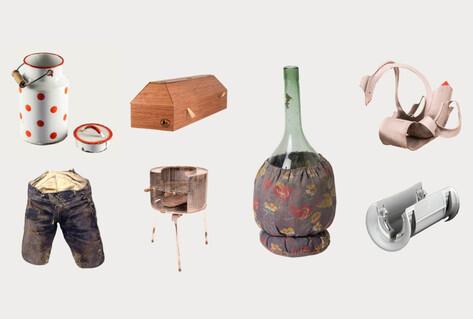
Learn about local realities and communities related to waste, through short videos filmed in the museums’ surroundings or premises. The engaging content from around Europe shares valuable knowledge and raises awareness about the impact of waste on our surroundings while also providing a kaleidoscopic view on the significance of our rubbish today.
Audio-visual stories
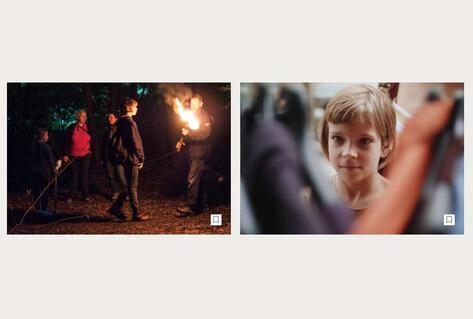
Starting from definitions of what rubbish is – given by real people who are experts on waste management and reduction – this game challenges the player to reflect on their own beliefs and practices.
Quiz
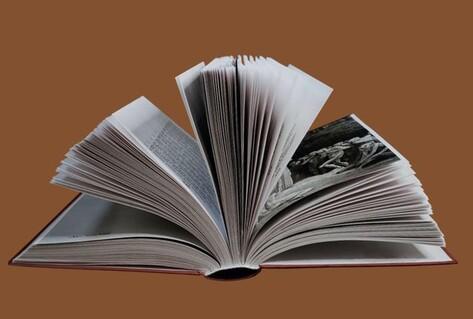
The online platform hosts blogposts, photo reportages, live-streamed events and podcasts on a variety of activities around the issue of waste, taking place during the lifespan of the project. This is the opportunity to engage with other Europeans and broaden the understanding of waste.
Initiatives
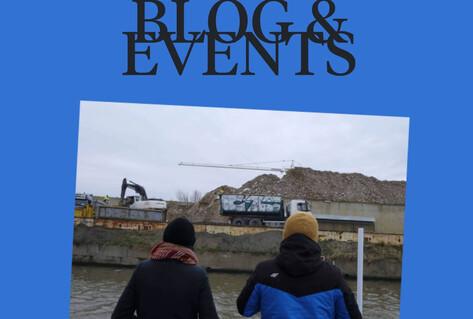
The involvement of museums from various parts of Europe, and experts with diverse profiles, in the co-creation of content, provided an opportunity to explore the topic of waste from the perspective of different disciplines. Discover who and where they are.
Partners
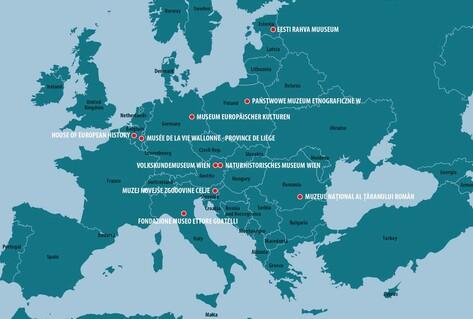
Learning offer
Meaningful audience engagement is encouraged through their interaction in the exhibition and via the online platform. The creation of a varied programme helps to create purposeful interactions with the audience while also allowing for accessibility of the content, and drawing on people’s need to resolve questions about the world they live in.
Introduction

The programme includes guided tours, school workshops, and festive and academic events around the topic of waste. It is a space for audiences in Brussels and across Europe to utilise their preferred format of learning styles while giving people agency to question and ultimately influence society through critical thinking and informed action.
Throwaway programme
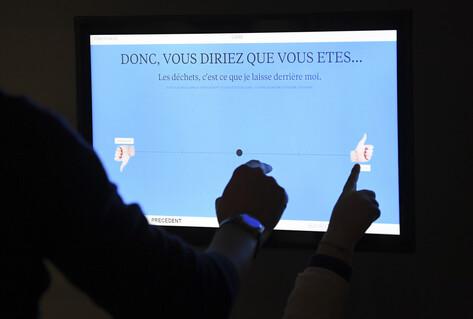
Waste is revealing. Waste is hidden. Waste is everywhere! Who are the Europeans from today and in the past who raised their voices to ask their contemporaries to change their habits related to the production of waste? What are the triggers that pushed people to raise public opinion on trash? From the industrial revolution until today, this workshop will encourage students to discover and discuss the profound changes in how Europeans have dealt with rubbish throughout history.
School workshop
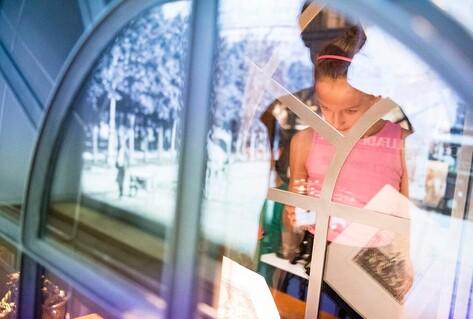
What will save us from the waste crisis? Ground-breaking scientific solutions, enforced legislation, anti-consumerism grass-roots movements, or viral individual activism? Or all of these together? We want to hear your opinion At the end of the exhibition, visitors will be asked to give their opinion on this interactive related to the 4 Rs: Reuse, Repair, Recycle and Reduce.
4Rs Interactive
